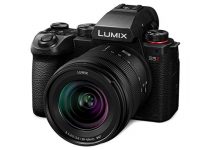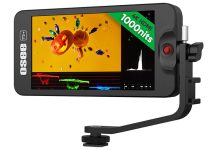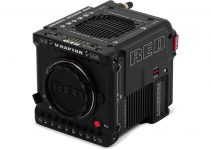If you want to film a high-octane action sequence in a tight space while the camera moves smoothly within the scene, the following video tutorial by Film Riot might give you some helpful ideas how to pull this off. Sure, there will be a lot of hard work in the editing process, but before you reach that point, you need to capture as much coverage as possible to get the best results in the end.
Undoubtedly, the choreography, editing and sound design are a big part of the overall process, but if you want to take out the best of the performance of your talents you need to follow the action within the scene as close as possible thus immersing your audience even further into the action. Here’s what else you should be aware of.
As Ryan Connoly highlights knowing the essential rules of compositing and framing of your shots is a must, but probably you wouldn’t find a better moment to break any of the well-established techniques such as the 180-degree rule, for instance, than in a fight scene. Remember that the latter can be applied to give better orientation to your audience, but if you need to create intentional chaos in a particular moment in your fight sequence, which is typical for most action scenes anyway, breaking this rule probably might yield some fantastic results, as long as it’s motivated and enhances the action.
Surprisingly enough, Ryan Connolly didn’t use a storyboard or a shot list for the given sequence as he quietly watched the choreography a few times while feeling the pace and getting idea about the physical space around actors in the meantime. Then he grabbed the DJI Osmo gimbal and started rolling. Frist, he walked through the scene a few times while the actors were rehearsing the choreography going slow so that the DP could get an idea of the actual movement.
A great tip is to find a particular movement of your actors just like the example with following the hand gesture that might add more kinetic energy and adrenaline to your fight scene. Ultimately, you can use a plethora of other useful tricks like shooting with a longer lens that will not only reduce the depth of your shots but will also make your characters look closer to each other. Typically, the longer the lens, the more intense a moment will feel on screen as well as stunt actions will appear subsequently larger and more powerful.
It’s also paramount to have as much coverage as possible to be able to edit the scene using fast cuts to pump up the action in your scene. If possible, film the action sequence with two cameras while swapping the lens between the cameras accordingly. Try to shoot from at least three different positions for your fight so that your editor will have plenty of choice in the editing room and of course don’t underrate the sound design of your action scene by any means. And, before we wrap up this article, here’s the Film Riot’s completed fight scene.
Ultimately, if you want to make your action fight sequence more believable, find the best stunt coordinator and the most talented actors at your disposal. That way, you’ll be sure that you will get the best performance possible on set, thus having plenty of creative choices in the editing bay. You also will be able to achieve the desired aesthetics and necessary energy to complete your action sequence successfully making it believable enough, exciting, and most importantly, fun to watch.
[source:Film Riot]
Disclaimer: As an Amazon Associate partner and participant in B&H and Adorama Affiliate programmes, we earn a small comission from each purchase made through the affiliate links listed above at no additional cost to you.





that was good.